Sapa is among famous Ha Long Bay and Hoi An ancient town which is regarded to bring many tourists discover by its pure beauty and surrounding attractions.
It belongs to Lao Cai province in North Vietnam. It is especially rich in opportunities for trek, homestay and the mountain views as well as rice terrace fields. Therefore, it will not be enough when traveling without cool adjectives and a camera memory card to record.
When Was Sa Pa Famous?
Mountainous Sa Pa town began life as a retreat on the top of the hill for the French colonialists, desperate to escape from the searing heat of the Vietnamese plains.
They picked the cool of Fansipan. And it is easy to see the reason, the moisture of Hanoi peels out as you ascend the mountain peaks skirted with finely emerald green rice terraces. Since French colonial, Sapa town became famous for its cool climate to relax of officials and soldiers.
Sapa or Sa Pa is one of Vietnam’s most famous and northern trekking destinations. Nearby Fansipan Mountain with the height 3, 143 meters above sea level – the tallest point in Vietnam.
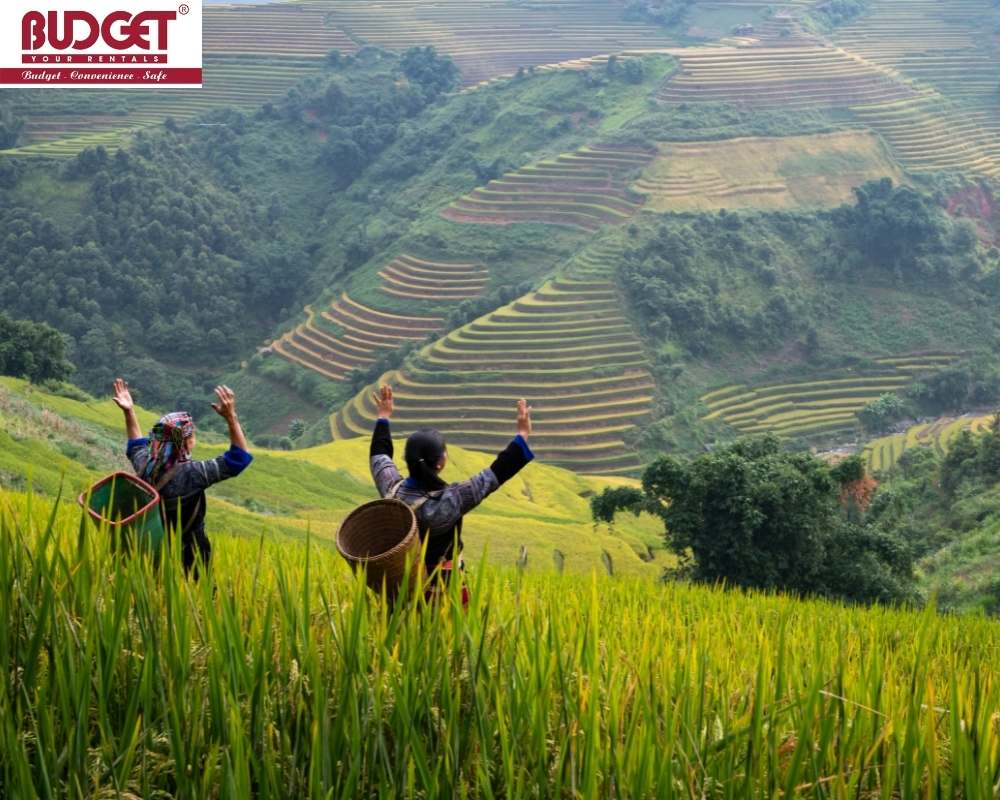
Sapa has cooler weather so the French established this place as a favorite hill station in the early 1920’s. Sapa tours is a journey which gives visitors a contrast about the north highland of Vietnam. There are spectacular rice terraces appearing which are described as waterfalls.
In fact, it is one of the most breathtaking hill stations in Vietnam. It is the home of stunning landscapes of mountains, forest, ethnic villages and rice terrace fields. Visitor can visit Sapa town all year round and each brings different feeling and views
Why Sa Pa Is Special?
Sapa is a town in Lao Cai province, Vietnam. This is a famous tourist destination from the early 20th century to the present. Nature’s Creator bestowed on Sapa a landscape picture.
It is both romantic and majestic, with ridiculous ranges of clouds waiting for the wind, terraced fields to see, and watching the standing pine trees. silently witnessing stories from Indochina in the heart of the town…
The climate of Sapa is cool all year round with unique indigenous imprints – including the culture of the two ethnic minorities in Sapa, the Mong and the Dao – combined with the European architectural space, European classic.
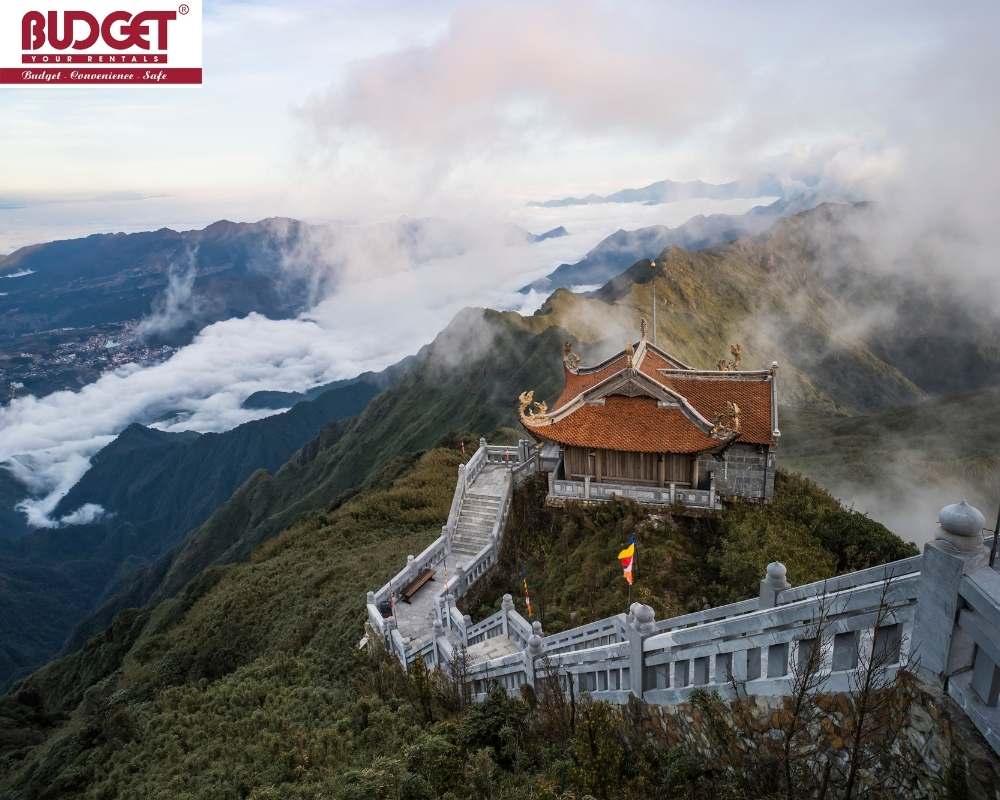
All of the above factors have created a special attraction for travelers who want to explore this land and book a tours in Sapa from Hanoi right now.
Yes, Sapa is not only a wonderful destination in Vietnam for unique culture, cuisine, local minority people groups, but also unique architecture buildings. Its speciality is divided into two main types.
The first is the tradition of local minority groups with stilt houses and the last is French architecture buildings.
The traditional style of Sapa expresses through houses of local ethnic people clearly. Some of them are Tay, Nung, H’Mong people. Each stilt house in each ethnic nation designs differently, however, all ethnic stilt houses are made in wood in general.
Factually, visitors can visit ethnic villages and see their stilt houses in Cat Cat, Lao Chai, Ta Van, Ta Phin, Giang Ta Chai, Y Linh Ho villages, etc.
While French constructions you can see mainly in Sapa town center or surrounding such as Stone Church, villa, ect.
Travel to Sapa will have the opportunity to experience mountainous land, ethnic local people groups in different cultures and lifestyle diversity. Here is the chance to harmonize with nature.
For who love adventure Sapa is a wonderful place for trekking, climbing the mountain and conquer Fansipan Mountain.
Where To Stay?
It is a highland town in North Vietnam. This destination has magical natural beauties with fascinating hills, valleys, dreamlike waterfalls, especially colorful rice terrace fields. Therefore, travel to Sapa you can have many choices for accommodation as your wish with different views
Sapa Town Center
It is great to decide to choose a hotel in Sapa town center. Because it is in the center so you have the most advantage to move around closely visiting sites easily.
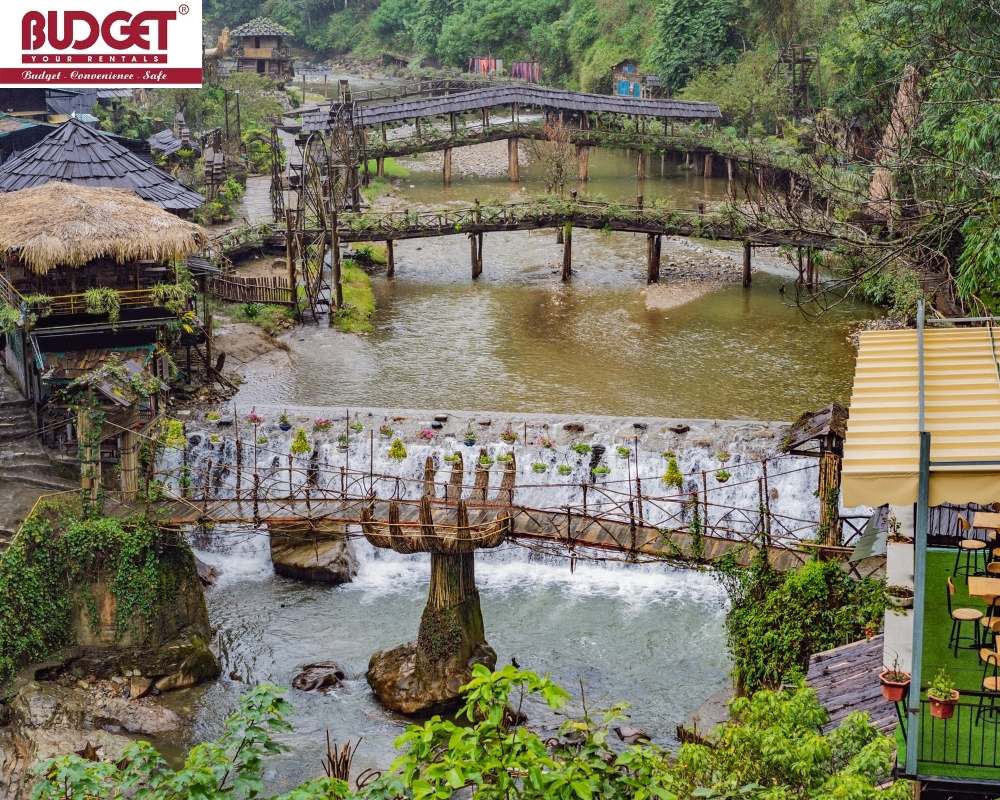
Most restaurants, shops, and night market are also in Sapa town. Very best for you to book any services and have a choice. There are many hotels from budget to luxury in Sapa town center, just walk around you can choose one as you wish.
Hotels Has View Muong Hoa Valley
For those who love to have a balcony in their room and enjoy the view to the mountain, you can choose some hotel surrounding Sapa. Some of them have views of Muong Hoa Valley with beautiful rice fields and rivers.
For example, Sapa Horizon hotel, Sapa Unique hotel, Ham Rong hotel, Sapa lodge hotel, etc
Hotel Harmony With Nature:
Topas Ecolodge, which is far from Sapa town, offers a great place to enjoy and harmony with nature. It lies on a hill therefore you will have a wonderful view of mountainous landscapes.
Homestay
Sapa is also famous for community tourism. That is why homestay is one of the best choices to interact with local minority people. There are many villages have homestay such as Giang Ta Chai, Ta Van, Ta Phin, etc.
With the budget quote and no better way to experience local people and culture, homestay is the best choice. And the condition of homestay is standard so visitor must aware this before travel if expecting facilities like hotel will make you disappointed.
Special Things To Do Around The Town?
Talked much about Sapa is the spectacular verdant rice fields and mountain landscapes. Here are must see and discover in Sapa
1. Fansipan Trekking
Fansipan Mountain or the Roof of Indochina with a height of 3143m, this place is a good choice for visitors who love trekking mountains. It is a proud when making a conquered the Fansipan Mountain trip.
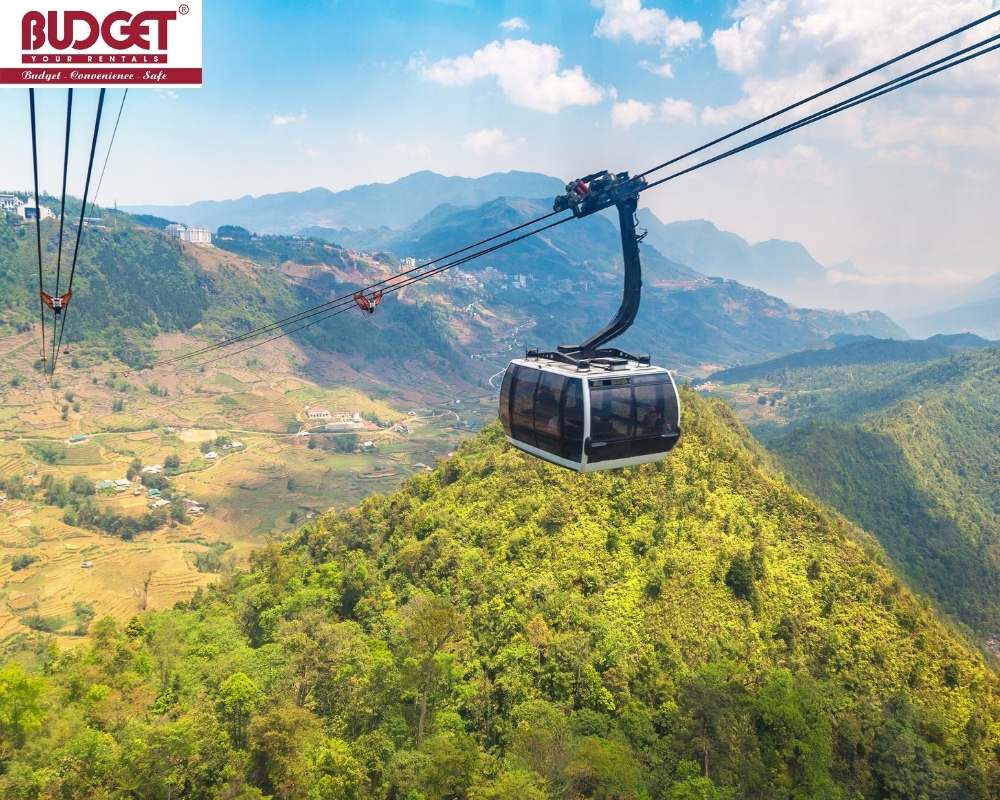
You definitely should have a travel company to help and organize your trip so that you can enjoy this beautiful mountain in Vietnam safely and with the best itinerary. The best time to conquer Fansipan Mountain is from mid October to mid November and in March again.
2. Visit Cat Cat Village
Cat Cat village is the H’Mong village people. It impressed visitors by the picturesque scenery of rice terrace fields, and the old Hydro Electric Power Station which the French built. It is around 3km from Sapa town so it is easy to have a trekking to this village.
3. Rice Terrace Fields Enjoyment And Shooting Photograph
How beautiful it is once you see it in your eye? Your tour Vietnam is not really perfect if you don’t have a trekking time through the village and see beautiful rice terrace fields. There are many villages to experience and shoot wonderful photos such as Lao Chai, Ta Van, Ta Phin, Y Ty, etc
Local ethnic people here often grow rice and establish next terrace rice fields from the foot to nearly top mountains. It is passed on from generations to generations without selling because these are the most valuable for them. Visit the silver waterfall.
Silver waterfall is about 12km from Sapa town center. It is one of the places to discover its beautiful waterfall. Like a white dragon looking down from the sky. It’s easy to travel to this fall by motorbike or car within 30 minutes.
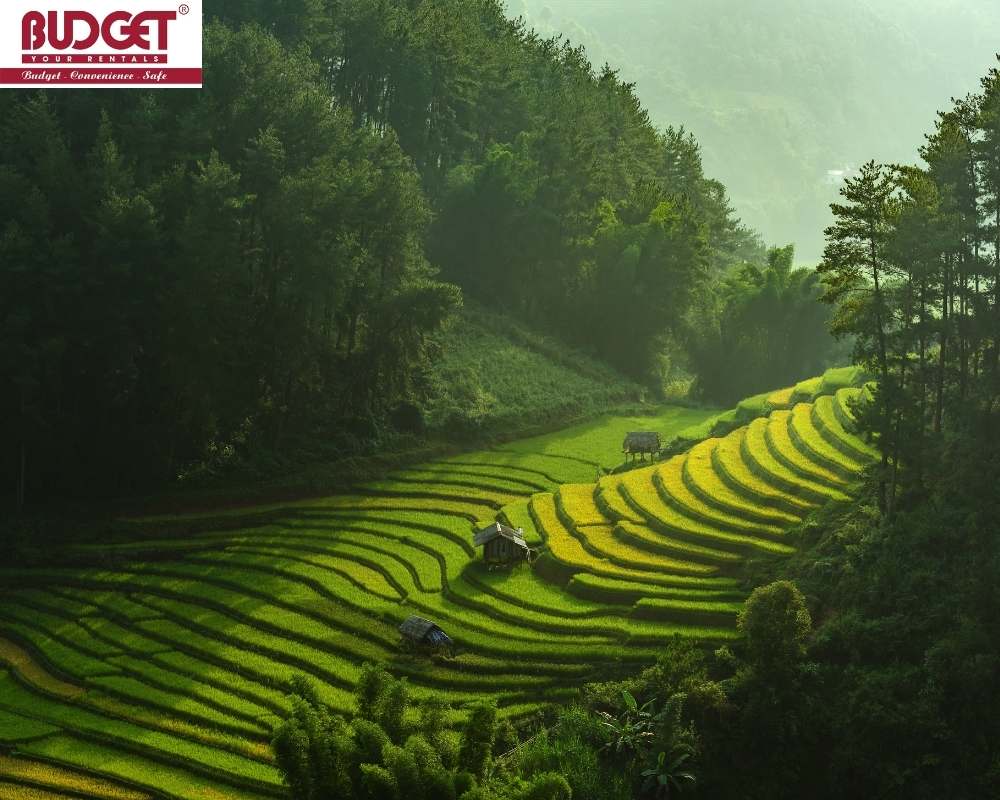
4. Ham Rong Mountain
Right in the heart of Sapa town centre, Ham Rong Mountain offers the great place to catch the panorama of Sapa town. From the high location, you can view Sapa town hidden in the fog and cloud which is picturesque.
Other Recommendation To Visit
Sapa is becoming a must see for traveling in Vietnam. The ideal destinations in Sa Pa are Fansipan Mountain and the highest one in Indochina, Ham Rong Mountain, Tien Cave, Bac Waterfall, Love Waterfall.
In addition, old stone, the hill tribe villages in Sa Pa are the greatest places for tourists to visit once to Sa Pa.
Moreover, each destination has its own interesting activities and local dishes of each ethnic group. Bathing with traditional leaf medicine in Ta Phin village of Dao ethnic minorities.
The ripe paddy fields in Muong Hoa valley are amazing scenery. Trekking in Ta Van village and taste the delicious cuisines of ethnic minorities.
Go shopping and buy traditional weaving products of minority people at a market in Sa Pa town.
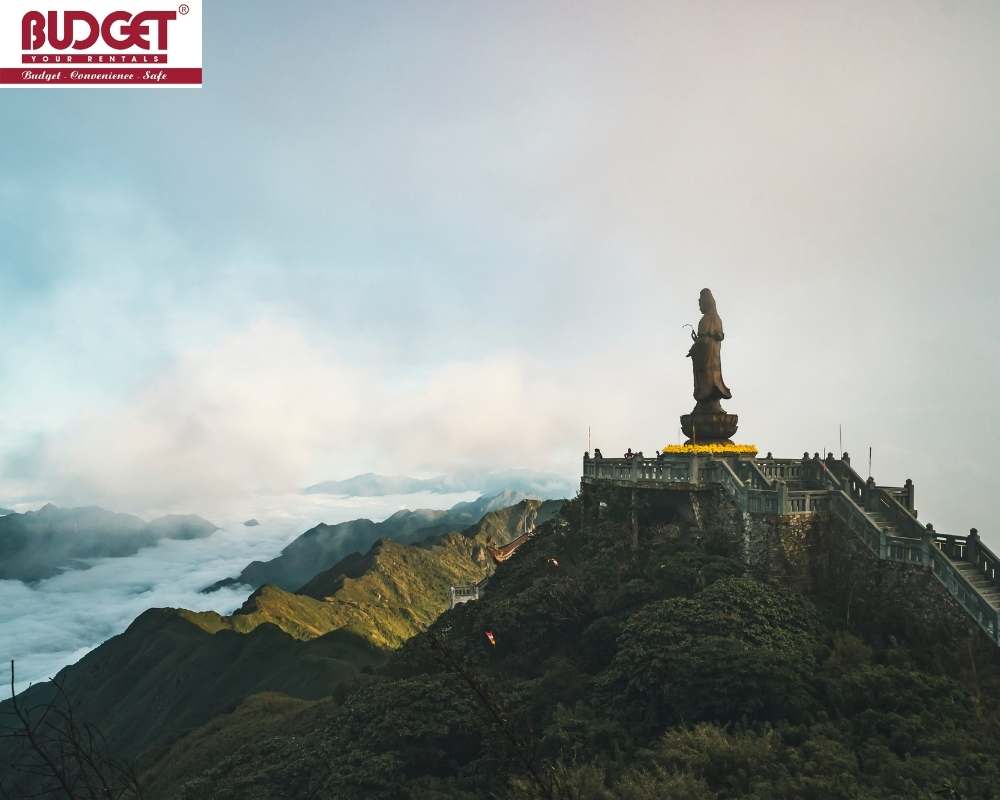
Surrounding Sapa town, visitors can make trekking time to Y Ty village, Y Linh Ho village, Cat Cat village, etc to experience each group in this land.
Furthermore, travel outskirt Sapa are hill tribe markets which crowded once each week like Bac Ha Sunday market, Can Cau Saturday market, Coc Ly Tuesday market, etc
Hoang A Tuong Castle is in Na Hoi Tho Hamlet, Bac Ha District, Lao Cai Province, Vietnam
It is designed in the harmonious combination of Asian and European architectural style. Undergoing over 80 decades of existence, the building still stands majestically among a populated city and busy streets.
As one of the potential attractions in Sa Pa, Hoang A Tuong Castle is now located on large and dry land in the center of Bac Ha district.
What To Eat?
There is a Sapa food court right next to Sapa central square. It is in front of Sapa stone church. It is lively at night with many grilled dishes such as: grilled egg, grilled heart and stomach, grilled chicken, chestnut, etc.
Visitors to Sa Pa should especially not miss the attractive food such as Lam rice cooked in bamboo pipes, forest vegetables. Others are Tao Meo liquor, Ban Pho corn liquor, grilled stream fish, salmon, boiled corn, etc. Please make sure you ask the price first.
When Is The Best Time To Visit Sapa?
The suitable time to travel to Sa Pa: Sapa has cool weather for a year, you can experience both four seasons in one day: Winter, Summer, Fall and Spring. However the optimum time to journey at Sa Pa is Rice Terrace – Sapa.
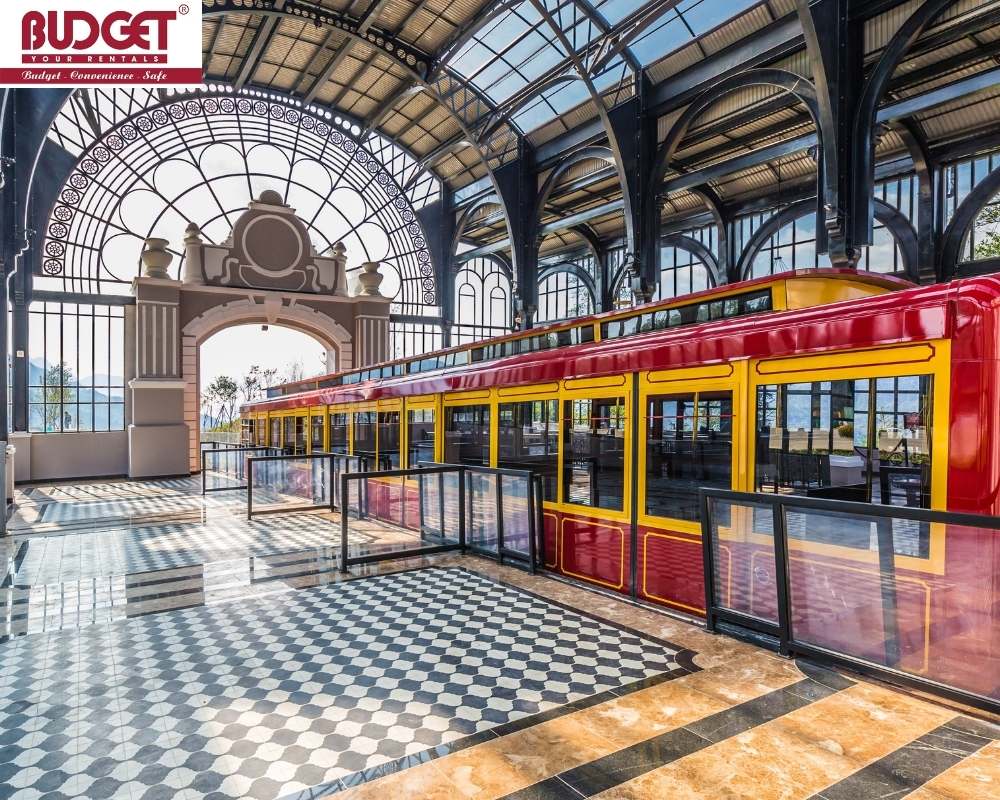
About March to May and Sept to Nov! This is a perfect time of weather in Sa Pa, besides, you will find lots of intriguing festivals within this time.
In Apr and May: This is the great time for the person who loves to find the perspective of planting rice on the terraced area of folks, when there’s also the blossom season.
It is time for the photographers. – At the end of Sept is the ripe rice season: The gorgeous yellow covers Sa Pa at this time. This is the best selection for tourists.
How To Go Sapa From Hanoi?
Sa Pa town is only 38km from Lao Cai city and 376km from Hanoi. You can choose to travel by passenger car or train.
Travel To Sapa By Sleeping Local Bus
If you go to a sleeping local bus, the price ranges from 230k – 280k / person / way. Vehicles depart from My Dinh, Luong Yen or Gia Lam bus station (Hanoi) to Sapa in only 8 – 9 hours. Traveling by passenger car has the advantage of saving time.
But in the rainy season it can be hindered by many bumpy passes from Lao Cai to Sapa. You can contact some bus companies such as Sapa Express, Queen Café, Hung Thanh, Sao Viet, …
Travel To Sapa By Train
Trains have a variety of chairs. Such as soft chairs, hard chairs, air-conditioned beds … The train runs at 9am or 10pm in Hanoi until the next morning to Sa Pa. For the type of seat, there are 2 types of hard seat (about 150k / person) and soft seat (about 280k / person).
For bed type, a bed of 6 people costs about 480k / person, a bed of 4 people costs about 560k / person and 2 beds of senior people cost about 3,200k / person (all comes from Hanoi).
Note: It is very important not to bring expensive computers or belongings when taking the night train to Sa Pa. Because the situation of pickpockets happens a lot when the cabin turns off the lights. You should keep the camera and phone carefully with you.
Sapa ranks alongside Ha Long Bay and Hoi An by way of attracting visitors solely on the benefit of its pure magnificence and surrounding sights.
What Ethnic Groups Are In Sapa?
Around Sapa visitors can come across a multitude of ethnic minorities. In fact, visitors can meet 24 ethnic groups, each group with its own language, culture and traditions in Sa Pa and Lao Cai.
This cultural wealth thanks to the diversity of landscapes and farming land available. They are the Kinh (the true Vietnamese) 35%, the Hmong 22%, the Tay 14%, the Dao (Mien) 13%, the Thai 9%, the Nung 4.5% and the Giay (Dzay) 4.3%.
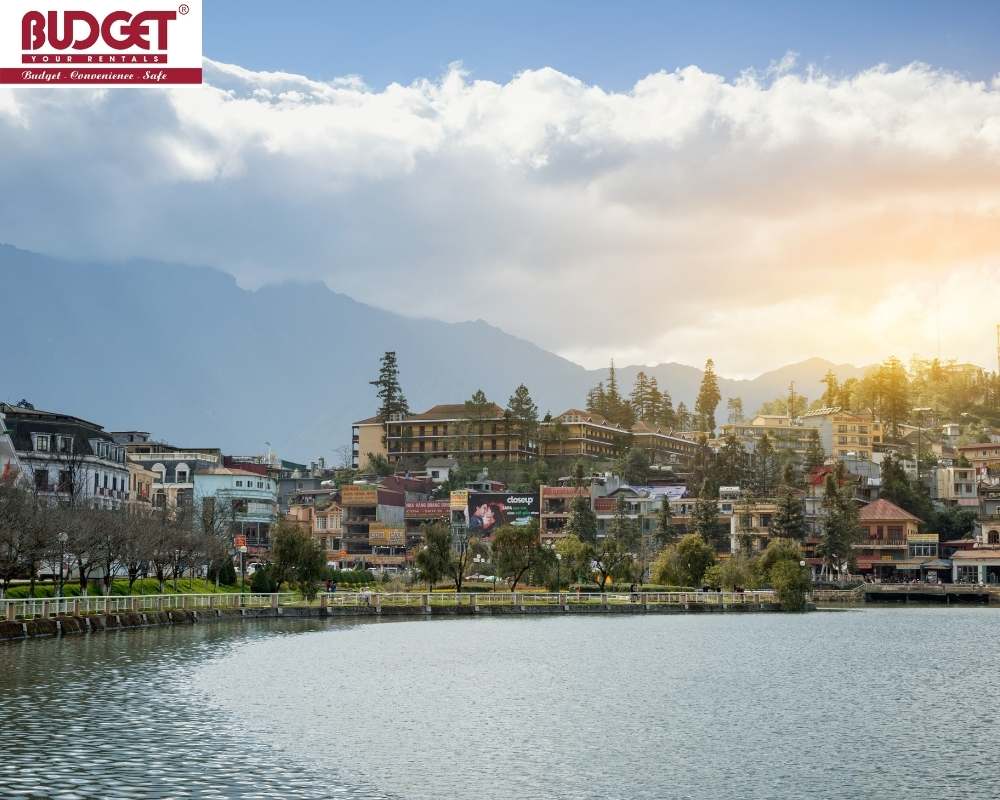
The other ethnic groups Sapho, Lolo are sometimes represented only by a few villages and a few hundred individuals.
Among them are the H’mong mainly, frequently referred to as the Dark Hmong partly because their apparel is dark. They are nearly black ornamented with colorful brocade and silver jewelry. But largely because they are ornamented with colorful brocade and silver.
The second largest group are the Dao or red Dao, who dress in dark clothes. The women of the largest known group are the Dao.
They are at a bright red shawl bedecked with silver beaded tassels while those of the Dark Dao wear distinctive headwear, a pile of coiled, braided hair, with an elaborate, rectangular ornamentation of silver metal sticking out from the top.
They’ll happily remove their headdress for tourists to show that it is just a hat rather than their real hair. Because they happily remove their headdress for tourists to show them antiques and textile goods.
They’re the genuine native inhabitants of the region. Plus they clearly regard the political nonsense which the native inhabitants of the area make.
Sapa is stratified, virtually all the companies in town are owned and staffed by Viet Kinh. And the only trade which the hill tribes make is on the roads in the kind of handicrafts, fruits and vegetables.
The simple fact that the tribes continue to live a very basic presence is partly economic and partly cultural. To them, a rice field, a garden, a few cows and a stilt house are the prosperity they hoped for, going back hundreds of generations.
What Is Sapa Famous For?
Being in Lao Cai Province, 350 km from Hanoi, Sapa is famous not only for its beautiful and magnificent scenery but also for its cultural diversity. The French used to consider Sapa a Summer Capital in Northern Vietnam in the French colonial period in the early 20th century.
Its natural landscapes keep attracting more and more visitors to spend their holiday here. The place is the foremost choice for honeymoon couples.
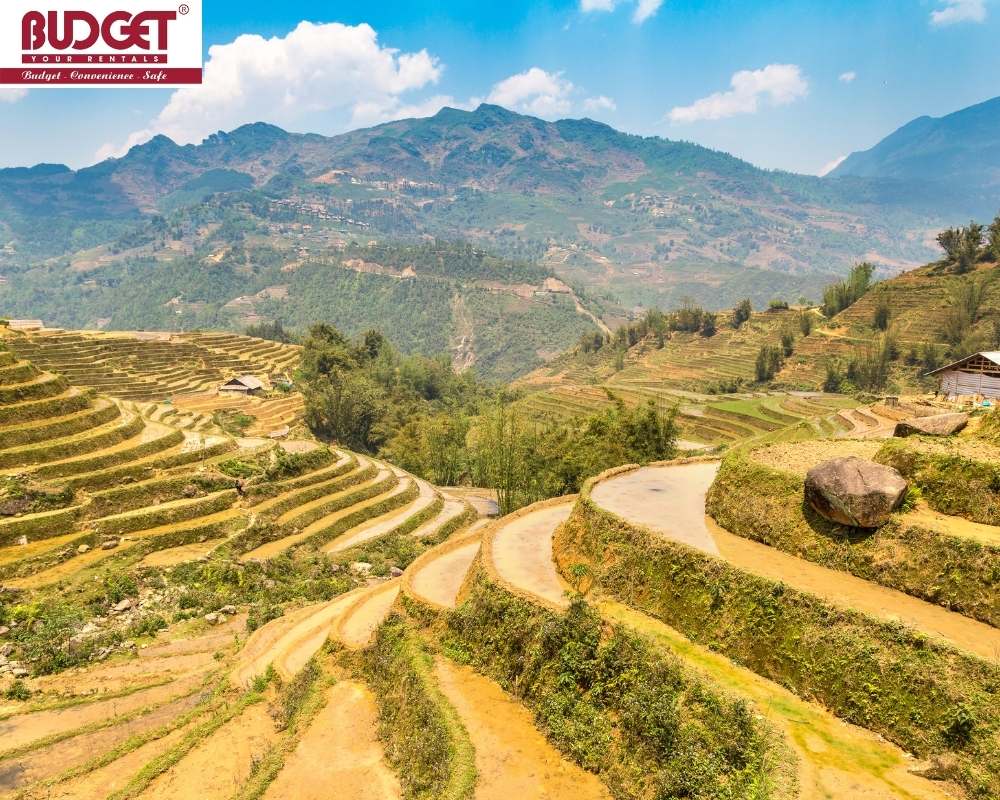
In addition, Sapa town has a cool climate which makes it more famous in the summertime as a relaxing destination in Vietnam.
Furthermore, homestay in these stilt homes are very popular. Although some villages are more authentic than others. Venture to the remote villages, they offer spectacular glimpses of lifestyle, seemingly stolen in history.
Sa Pa, called “The Queen of the Mountains” is a beautiful city in Northern Vietnam. It is located atop a plain across from a lovely valley, high mountains looming over the town on all sides, it is the town connecting modern Vietnam to the world of mystifying minority cultures and great landscapes.
Sapa is known for both its beautiful, rough landscape and also its plush cultural diversity. It is a highly picturesque relaxation town that is located on the Hoang Lien Son massif close to the Chinese border in north-west Vietnam; this massif is called the Tonkinese Alps.
Sa Pa and the regions surrounding it host a lot of hill tribes, and is the home of the famous rice terraces ranked by the USA travel and leisure magazine as the world’s most beautiful terraces.
These famous rice terraces flow down the ridges like an art painting and give the environment an almost dreamy outlook, and just at the back of the rice terraces is the Fansipan mountain which is the highest mountain in Vietnam.
From admiring the majesty of the Fansipan mountain, to taking in the rare and breath-taking beauty that is the rice fields to experiencing the rarity of snow in Vietnam, Sa Pa offers you a magical experience unmatched by anywhere else in Vietnam.
>>>> Other posts:
What Is The Weather In Sapa?
The climate of Sapa is highly seasonal. It is a subtropical climate in the summer and a temperate climate during the winter. Average temperature for Sapa town is 15.4ºC, with a maximum of 29.4ºC and a minimum of -7ºC.
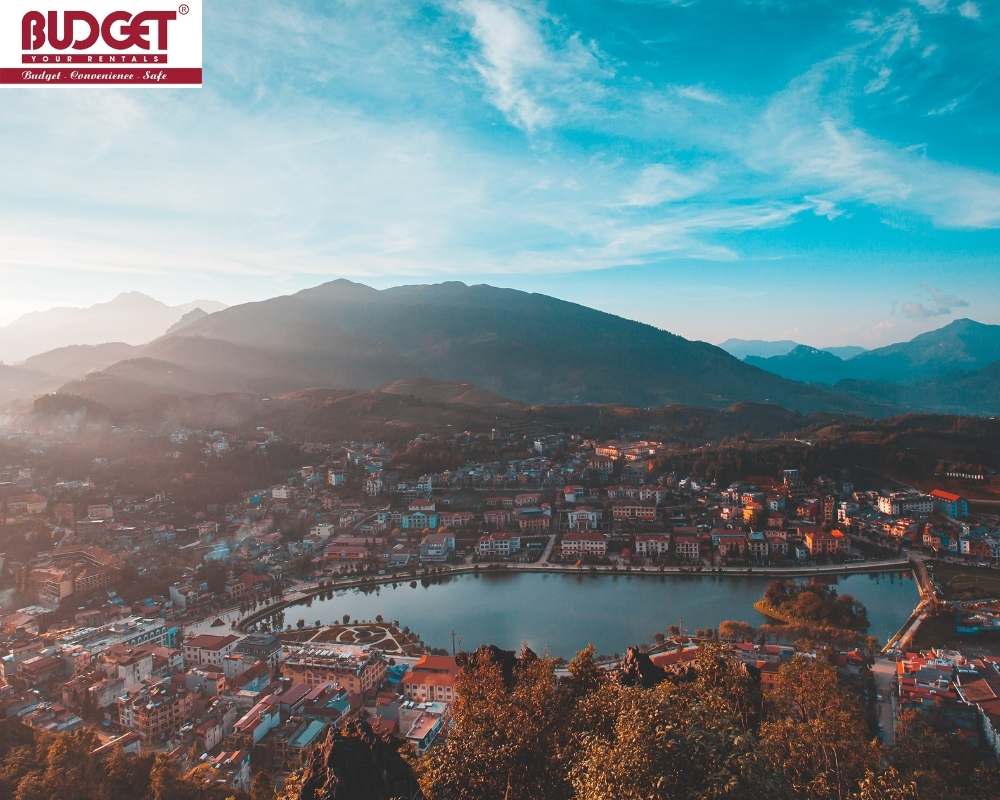
Besides, Sa Pa experiences a marked wet season from May to September, with the heaviest rainfall occurring in July and August. The weather is also notorious for changing frequently and quickly. It is said that only in Sapa, one can experience many different seasons within only one day.
And the high season often falls between June and August. While March-May and September- November are the two recommended periods to visit Sapa. Because it offers you a more laid-back natural and rejuvenating holiday.
While winter from November to March may be cold, foggy and light rainy, each 3 or 4 times, the weather clears and the perspectives are more magnificent than they’re weather clears. Sometime it has snow and ice this time
Regardless of what time of year you come, Sapa has its disadvantages and advantages by its own beauties.
What Should Prepare Before Traveling To Sa Pa?
In fact, you can travel to Sa Pa every-time of year. However, you travel to Sapa in winter from December to February ought to be heating. Some areas in the room have electric blankets or heaters built into the bed frame.
However, it means that the rest of the room is going to be freezing. Therefore, please ensure that when you give your passport to the hotel, the room you will stay will have wood burning fireplace.
Above are all the most complete and detailed Sa Pa travel experiences that we has summarized. Hope all of these experiences will help you have a trip to Sapa with lots of fun and great experiences.
